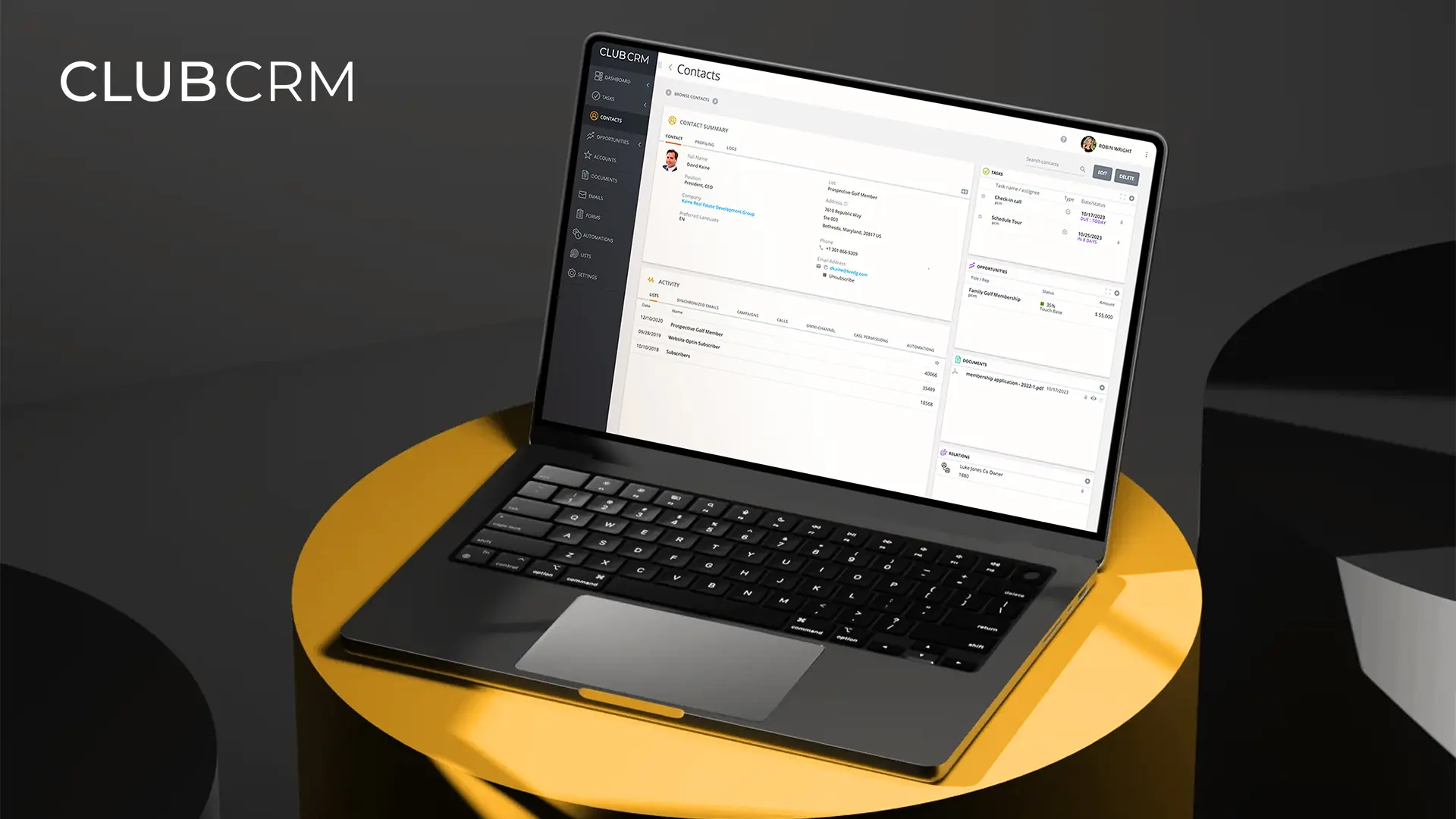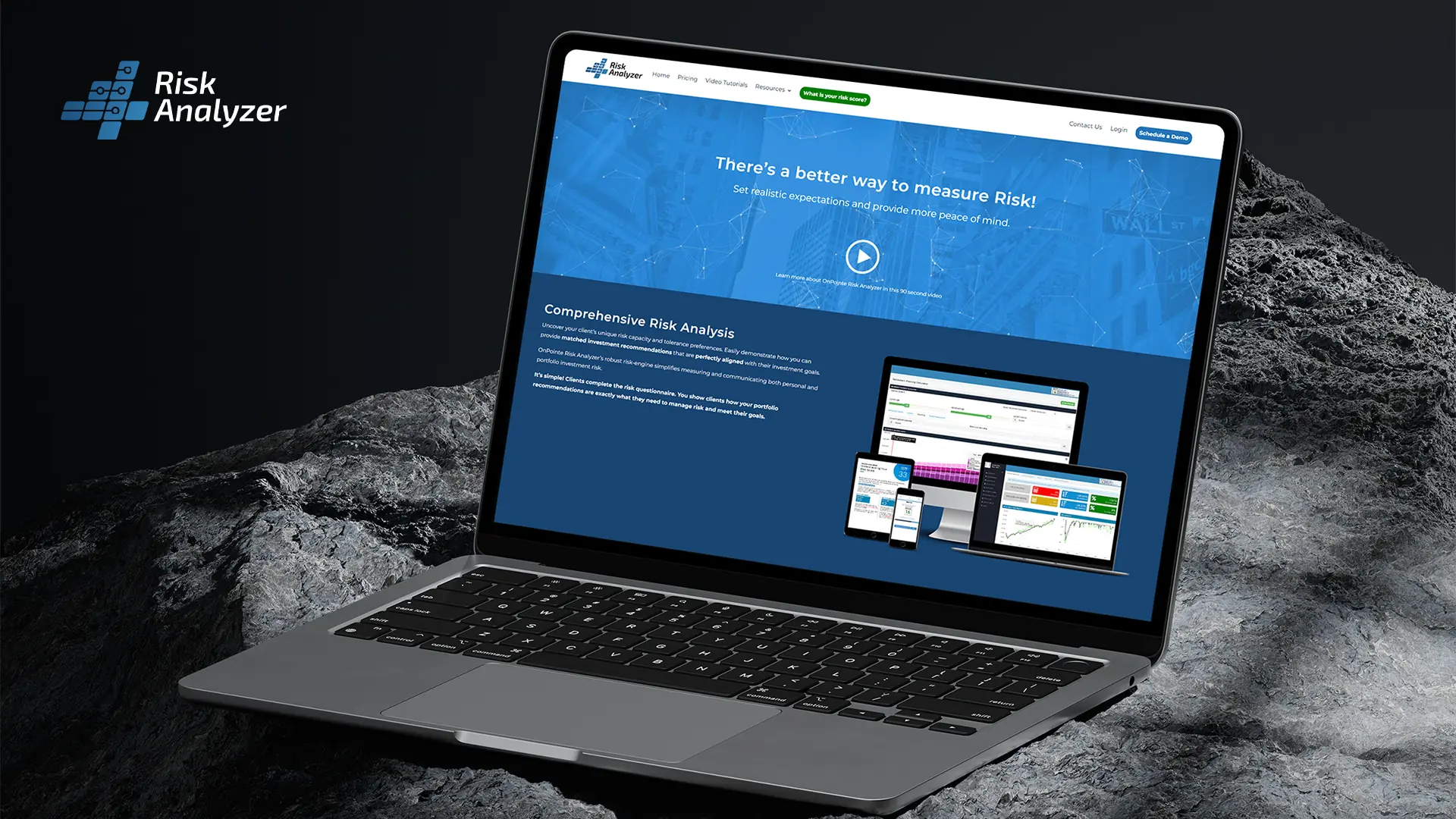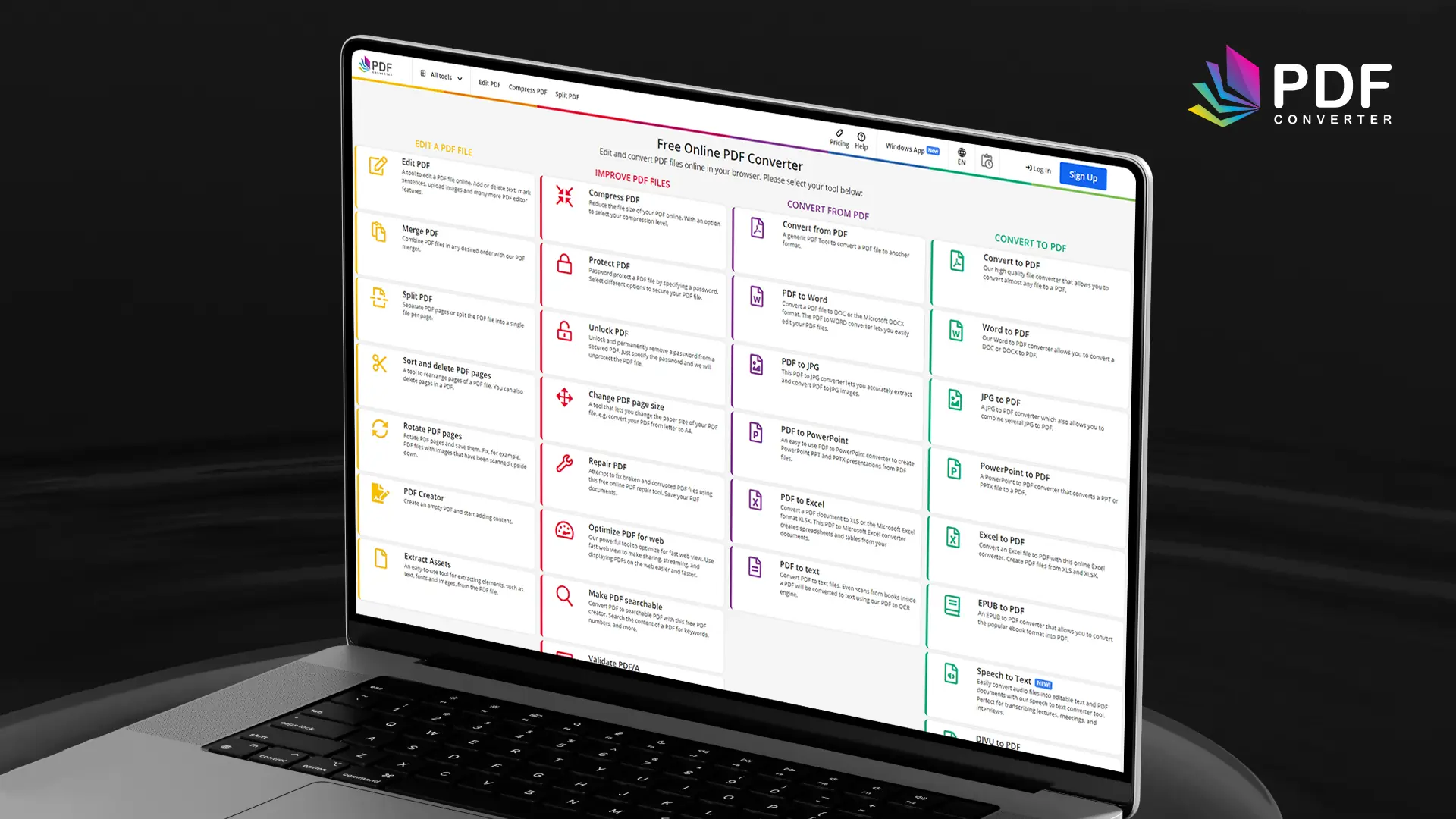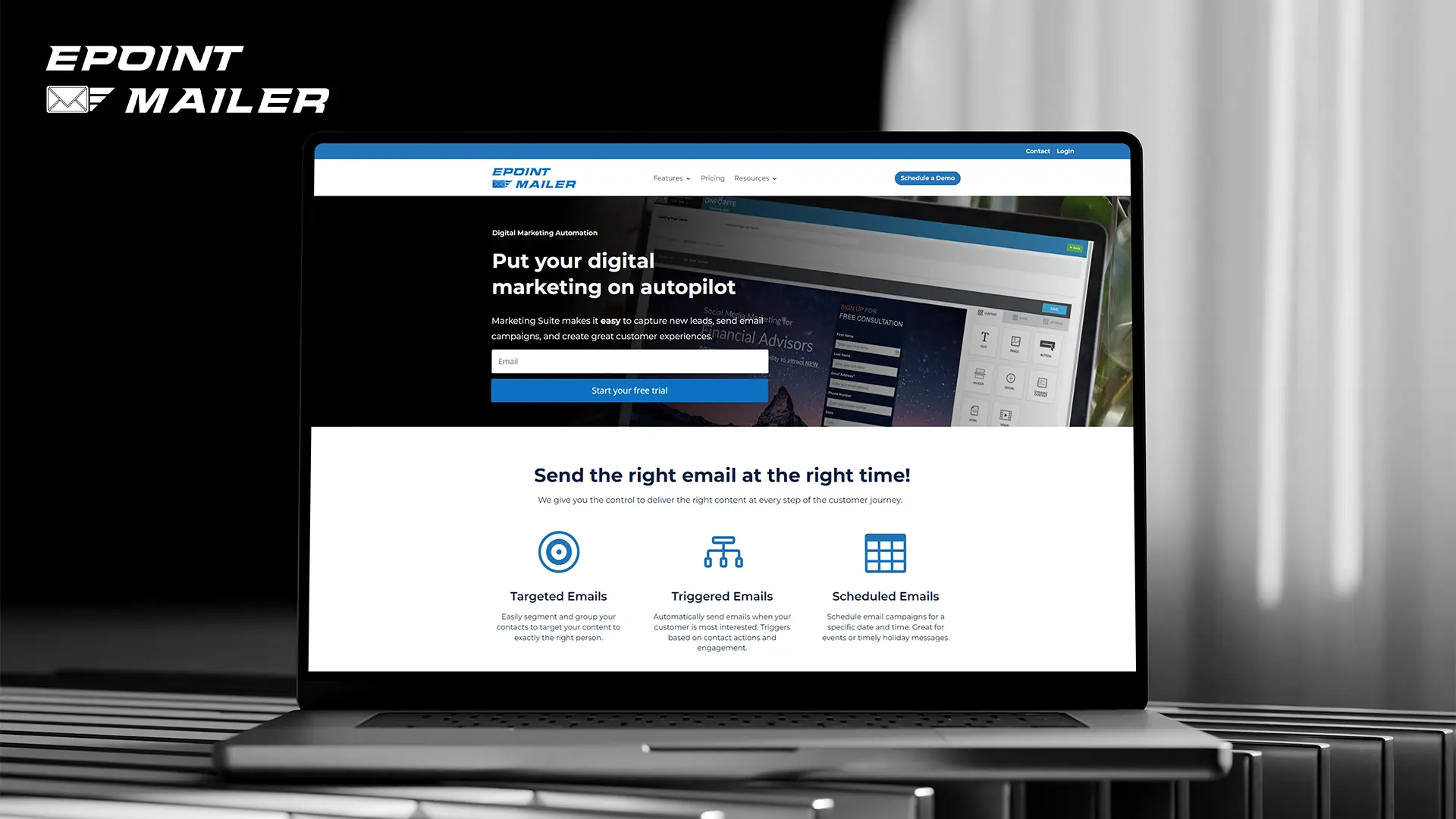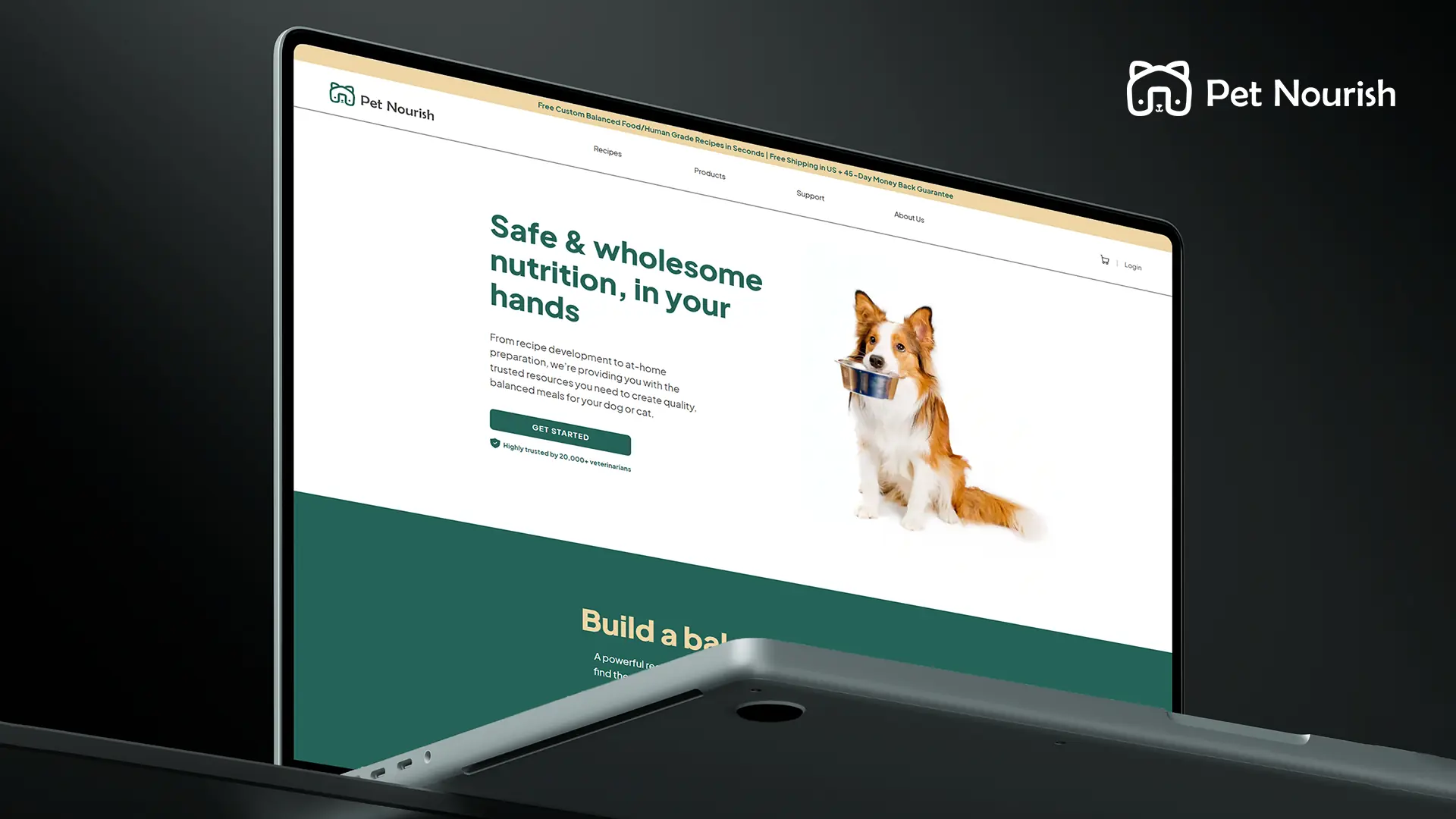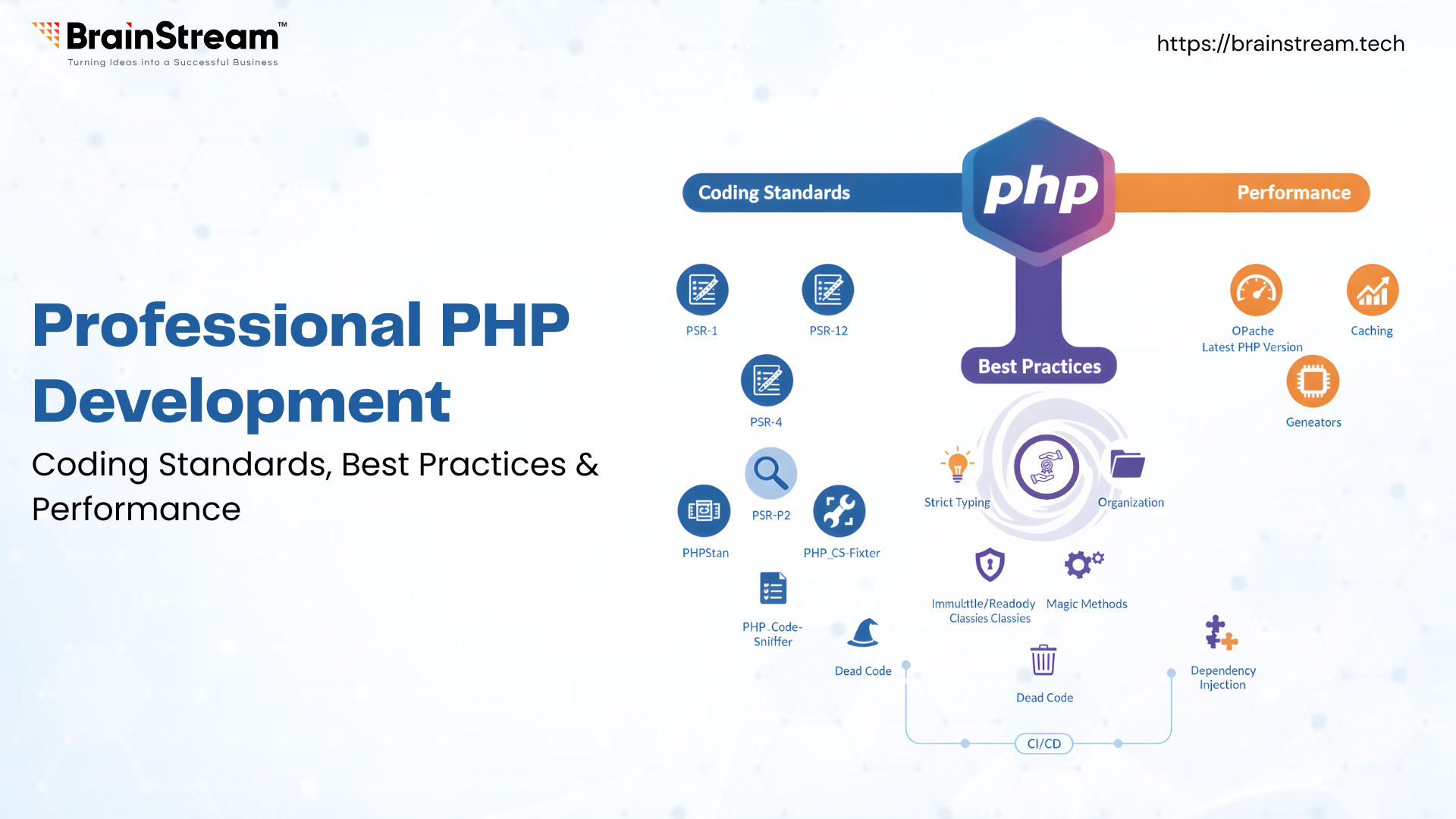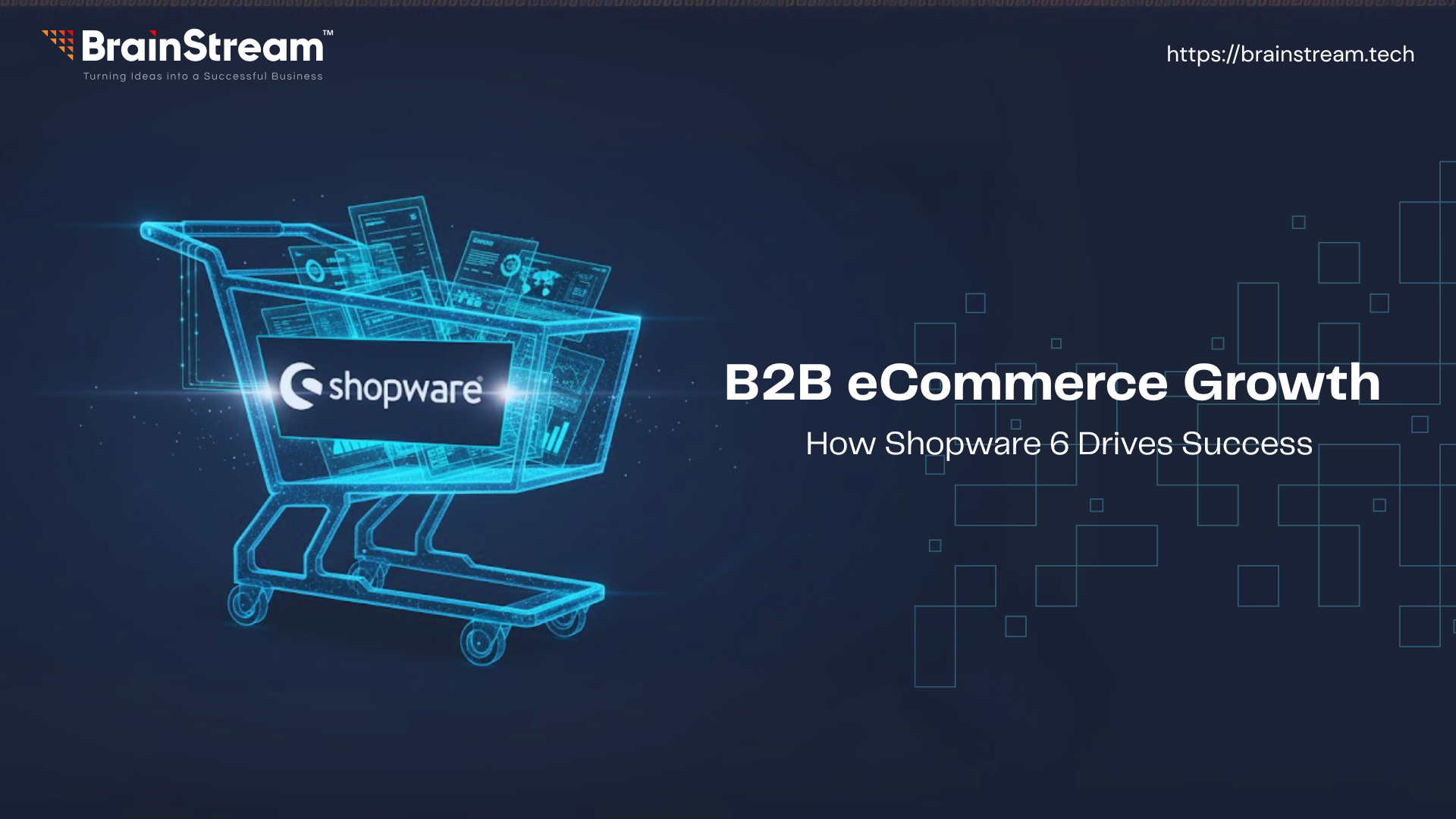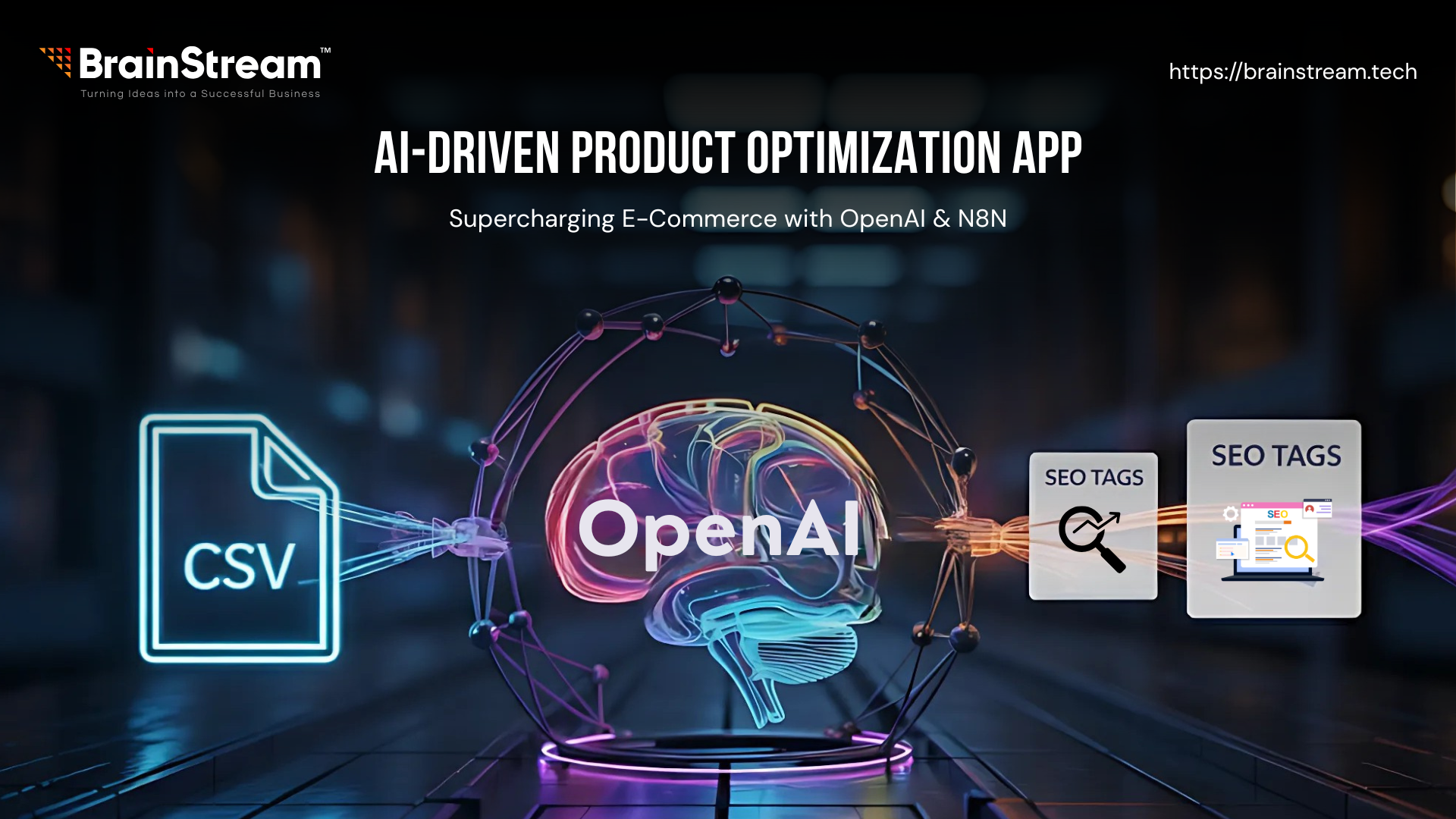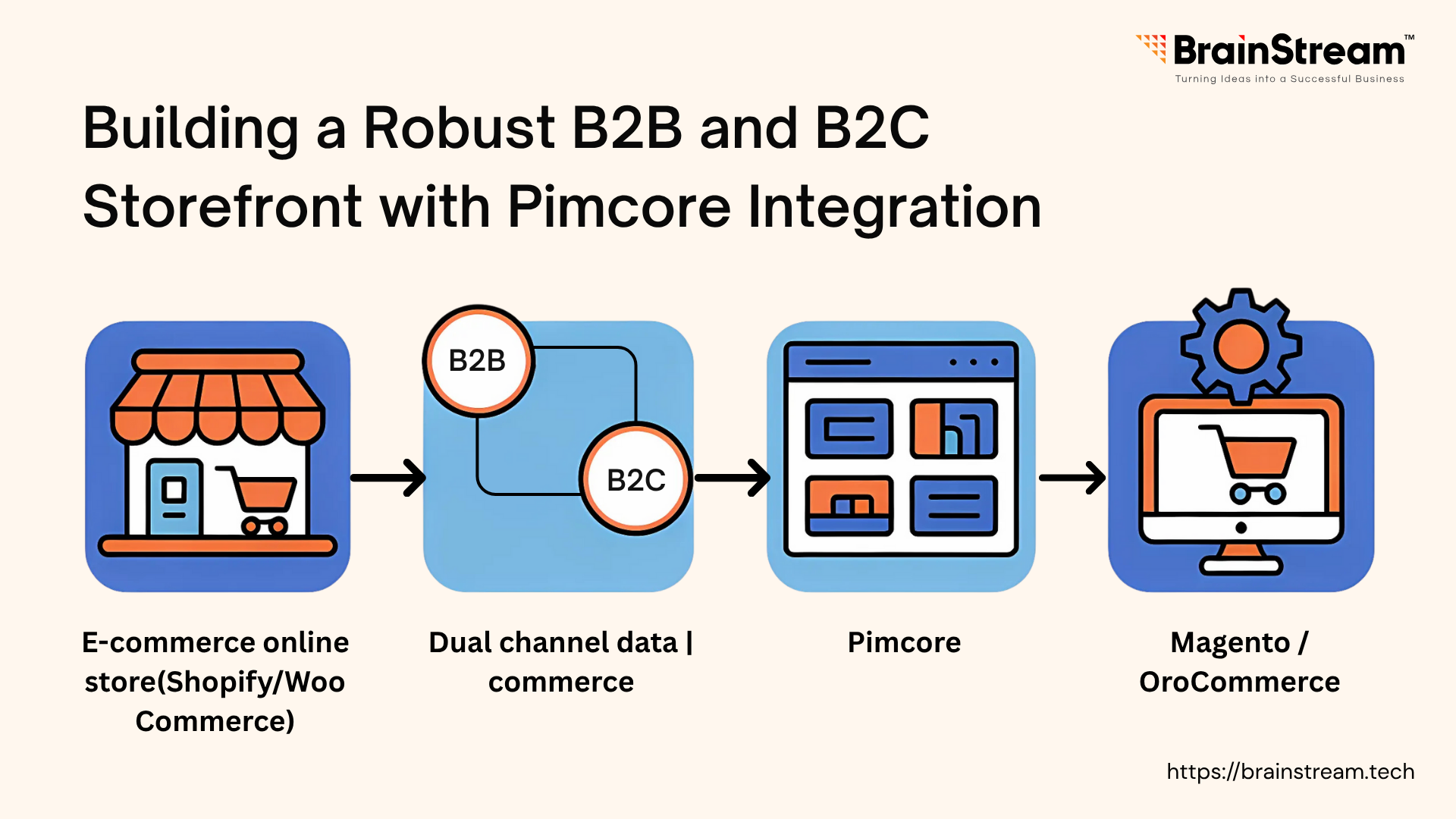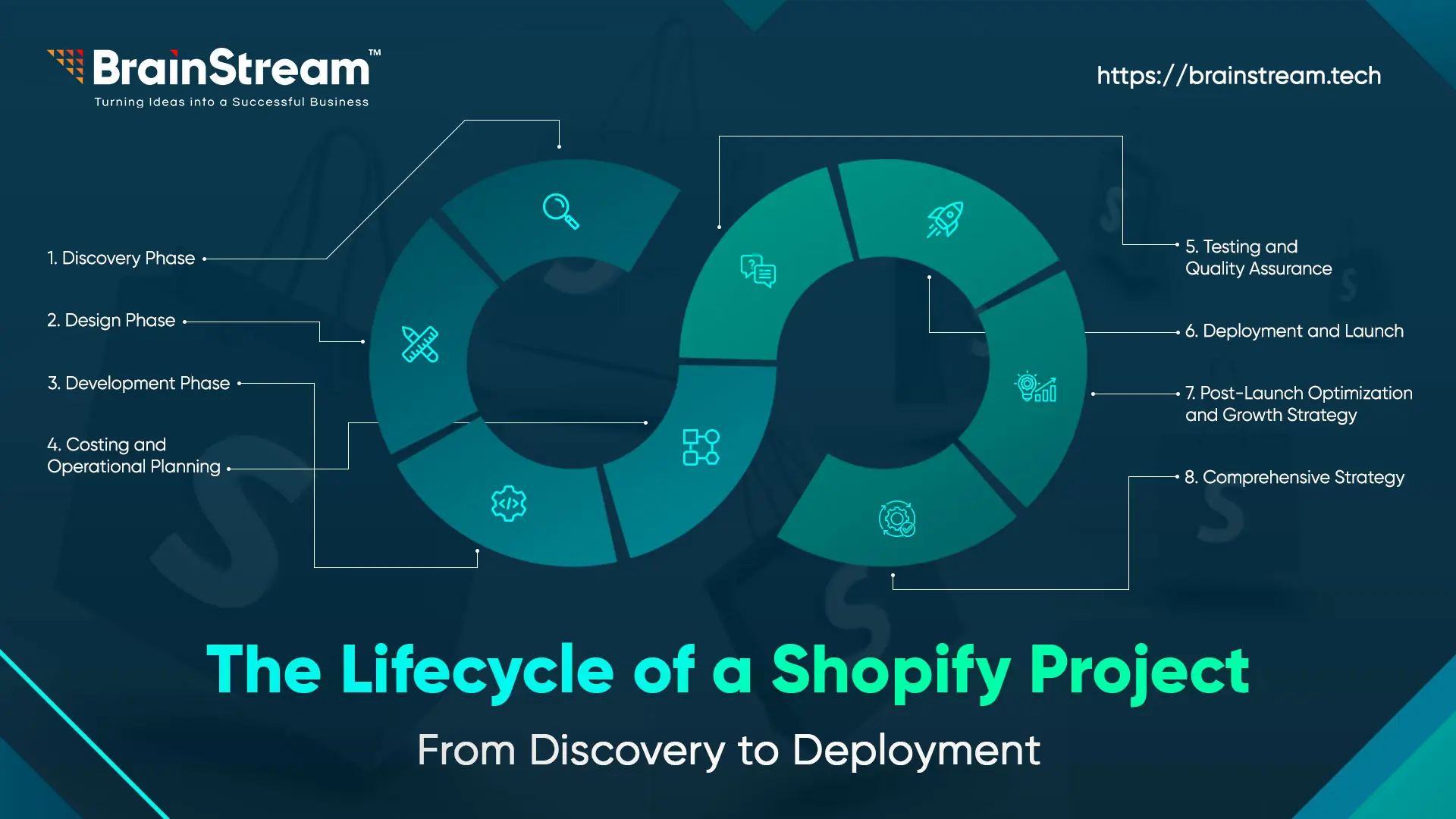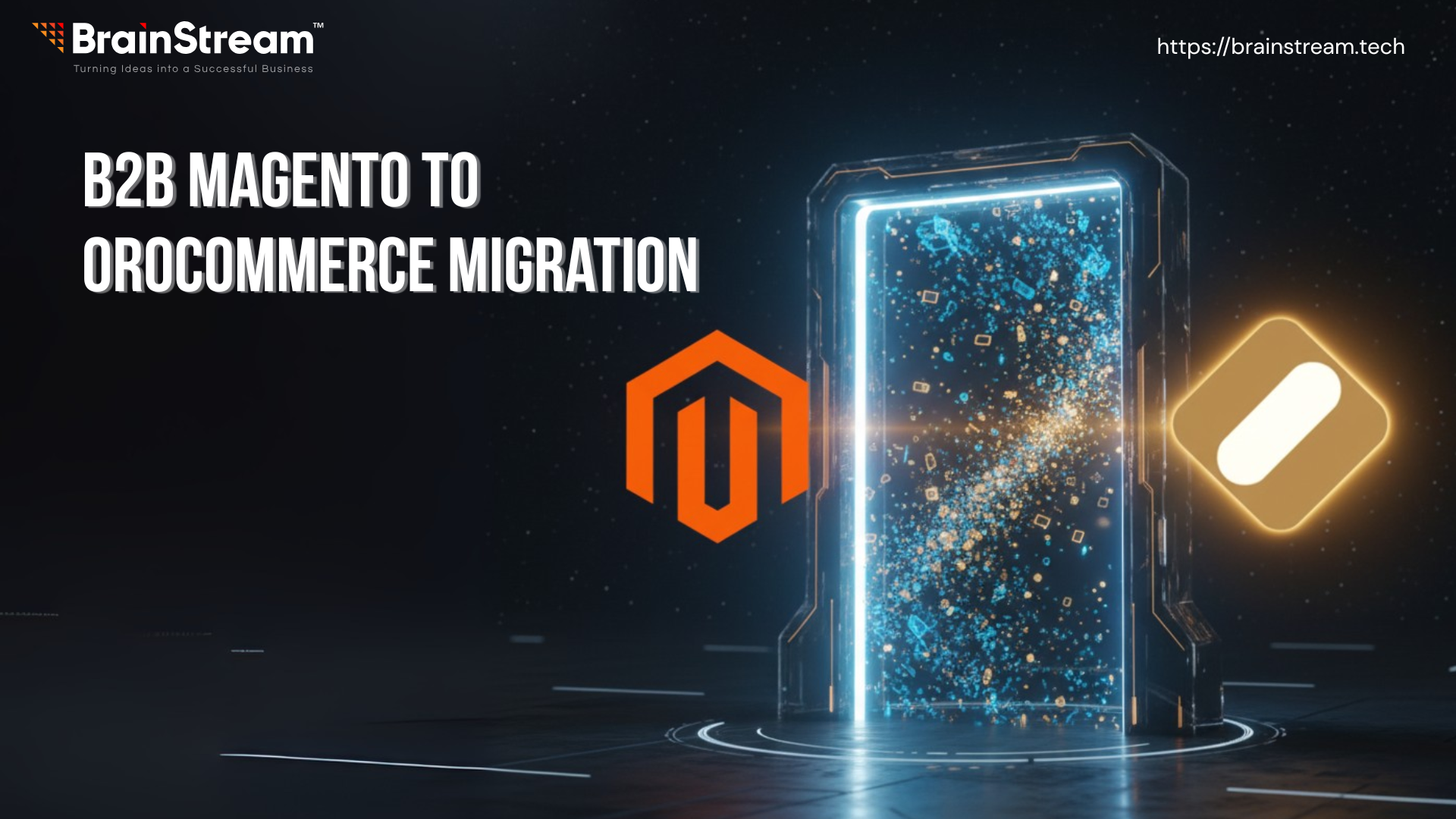
Summary:
Migrating from Magento to OroCommerce can be complex, but the results are worth it. Faster performance, reduced hosting costs, and powerful B2B tools make this eCommerce platform migration a game-changer. Learn lessons, avoid challenges, and leverage expert OroCommerce migration services.
September 17, 2025
The transition from Magento to OroCommerce represents a strategic shift that delivers measurable improvements in operational efficiency, system scalability, and overall cost management for B2B organisations. Our migration practice has evolved over several years, with each project revealing new insights into the technical and business benefits of this platform change.
Organisations that initially struggle with Magento’s architectural complexity and maintenance costs discover that OroCommerce offers a more streamlined approach, typically reducing total cost of ownership by 40-60%. The performance gains are particularly notable, and the native B2B functionality eliminates the need for extensive custom development work.
The methodology outlined in this guide shows our hands-on experience across diverse project environments. Our portfolio covers small-scale operations with limited product catalogues as well as enterprise-level implementations managing large SKU inventories. The migration approach has been refined through successful implementations involving Magento 2.4.8 and the OroCommerce 6.1 platform.
Prerequisites
- Server with PHP 8.4, PostgreSQL 15, and sufficient resources for OroCommerce requirements
- Full backups of the Magento database, configurations, and media files
- Proficiency in SQL, PHP scripting, and REST API handling
- Understanding of EAV (Entity-Attribute-Value) data structures in Magento
Step 1: Magento Setup Analysis
The initial phase of any migration requires a comprehensive examination of Magento’s Entity-Attribute-Value architecture, which often contains layers of complexity built up over years of customisations and accumulated technical debt. While the foundational query SELECT entity_type_id, attribute_code, backend_type FROM eav_attribute WHERE entity_type_id IN (4, 10) ORDER BY entity_type_id, sort_order; establishes the baseline understanding (where entity_type_id 4 represents products and 10 represents categories), this analysis will explain what needs to be mapped and understood.
Underestimating migration complexity represents the primary pitfall we observe across projects. The assumption that CSV exports alone can facilitate successful data transfer proves inadequate in practice.
Migration teams must navigate legacy custom attributes that may have remained untouched for extended periods, understand pricing rule dependencies, outdated customer group configurations, and sophisticated data relationship networks that demand much attention.
Comprehensive Analysis Process:
- EAV Structure Mapping: Identify all custom attributes and their usage patterns
- Product catalogue structure and custom attribute dependencies
- Customer segmentation and pricing rule complexity
- Order processing workflows and custom business logic
- Third-party integrations and custom modules requiring recreation
- Data volume assessment to determine migration approach (CSV vs API vs direct DB)
Step 2: Data Extraction and Transformation
Extracting data from Magento systems presents unique technical challenges that require specialised approaches. The Entity-Attribute-Value model provides extensive flexibility for data storage, yet this architectural choice introduces substantial performance overhead.
The data extraction workflow encompasses multiple table categories, including catalog_product_entity*, customer_entity*, sales_order*, and catalog_category_entity* structures, though this represents merely the preliminary stage of the process. The core technical challenge involves translating Magento’s tier pricing mechanisms into OroCommerce’s compatible format.
Custom product options necessitate conversion to variant structures, bundle products demand precise component mapping, and the overall process requires architectural reconstruction rather than straightforward data transfer.
Our experience reveals that migration failures commonly occur when organizations attempt direct data transfers without implementing proper transformation protocols. Such approaches typically manifest as pricing calculation errors, product presentation problems, and customer group configuration inconsistencies that prove challenging to rectify post-migration.
Transformation Requirements:
- EAV attributes flattened into OroCommerce’s normalised structure
- Custom pricing rules converted to OroCommerce’s pricing system
- Bundle products mapped to the OroCommerce component structure
- Multi-store setup converted to organisation-based structure
Step 3: Data Import into OroCommerce
The import strategy depends entirely on your catalogue size. For smaller catalogues with under 10k products, CSV imports work effectively. However, it’s crucial to process data in batches of 500-1,000 rows to avoid server performance issues and memory limitations.
Enterprise migrations with 100k+ products present significantly different challenges. CSV imports become problematic due to memory issues, timeouts, and data corruption risks. For these large-scale migrations, we utilise PHP scripts for bulk inserts or leverage Magento’s REST API with RabbitMQ queuing systems.
Our experience has taught us several critical principles: always process data in batches, implement comprehensive error handling, and prepare for unexpected issues. Large datasets inevitably present challenges that require robust solutions and careful planning.
Import Methods by Scale:
- Small catalogues (<10k products): CSV export/import with transformation scripts
- Large catalogues (10k+ products): Direct database migration with custom scripts
- Enterprise scale (100k+ products): API-based migration with queue processing
Step 4: OroCommerce Storefront Development
Built with Symfony 6 and Twig, using Magento REST API for one-time data transfer. Optimise with cache tags and test order mappings. Leverage OroCommerce’s API-first design for seamless ERP integration without Magento’s observer pattern overhead.
Development Advantages:
- Twig templating system with cleaner syntax than Magento’s XML layouts
- Service container architecture that’s more maintainable
- Built-in caching mechanisms with 85%+ hit rates vs Magento’s 60-70%
- RESTful API structure supporting modern frontend frameworks
Step 5: System Integration
Configure ERP synchronisation via REST APIs using OroCommerce’s configuration files in your custom bundles. Integrate popular payment gateways like Stripe using free extensions in Oro Marketplace. Implement real-time inventory synchronisation with SAP, Odoo, Sage, or custom ERP systems without performance overhead.
Integration Capabilities:
- Real-time inventory synchronisation with enterprise ERP systems
- Automated order processing workflows
- Customer data synchronisation across multiple systems
- Pricing rule updates from external systems
- PIM integration with Akeneo and Contentserv for centralised product data management
Step 6: Testing and Deployment
Test orders, pricing, and access. Run oro:migration: load –force to apply database schema updates. Monitor with New Relic, clear caches post-launch. Implement comprehensive error logging and rollback mechanisms for failed imports.
Testing Checklist:
- Order processing and payment gateway integration
- Pricing accuracy across customer groups
- User access and role-based permissions
- Performance benchmarks and cache validation
Performance and Operational Benefits
- Product updates reduced from hours to minutes
- Eliminated data mismatches and inconsistencies
- Enhanced B2B tools with custom pricing
- Supported scalable expansion
- Page load times improved by 40-60%
- Admin panel responsiveness increased 3x
- Database query count reduced by 70%
Additional Technical Considerations
- Database Migration: Convert MySQL to PostgreSQL with pg_trgm indexes for optimised search performance
- Performance Tuning: Set opcache.enable=1 and use Redis caching with configurable cache pools
- Security: Use SSL/TLS for API calls and configure oro_security.acl for granular access control
ROI and Business Impact
- Development velocity doubles due to cleaner architecture
- Maintenance drops 60% with reduced custom code requirements
- Hosting costs fall 30-50% due to improved efficiency
- Support tickets decrease 40% with fewer performance issues
- Third-party dependencies cut from 15+ extensions to 3-4 core integrations
Conclusion
After years of conducting these migrations, we can confirm that this represents more than a simple platform change. It’s a comprehensive business transformation. The cost savings are substantial, with clients typically reducing their hosting costs by 50%. Performance improvements are significant, with pages that previously took 5 seconds now loading in under 2 seconds. The B2B features function properly without requiring extensive custom eCommerce development.
However, success requires careful planning and execution. We’ve seen migrations fail when teams rush through the process or skip critical testing phases. The technical foundation is solid, but proper planning is essential. Thoroughly assess your setup, conduct comprehensive testing, validate all integrations, and deploy incrementally.
The benefits of proper execution are significant: reduced maintenance overhead, faster development cycles, and improved user experience for both administrators and customers.
If you’re struggling with your current Magento platform instead of focusing on business growth, it may be time to consider making the switch. However, we strongly recommend working with experienced professionals rather than attempting this migration independently.
Related Blog
eCommerce Development
B2B eCommerce Growth: How Shopware 6 Drives Success
Forget what you think you know about business-to-business (B2B) trade. It used to be seen as the slower, less exciting version of business-to-consumer (B2C), but that’s no longer true. Today, B2B is actually leading the digital commerce revolution. The numbers...
eCommerce Development
Building a Robust B2B and B2C Storefront with Pimcore Integration
Pimcore combines several essential tools into one platform: Product Information Management (PIM), Digital Asset Management (DAM), Content Management (CMS), and e-commerce functionality. This open-source solution helps businesses manage their product data and digital assets from a central location. Many companies...
eCommerce Development
The Lifecycle of a Shopify Project: From Discovery to Deployment
Launching a successful Shopify store is not just about picking a theme and uploading products. It's a structured process involving technical, financial, operational, and marketing decisions that affect performance and growth. This article outlines each critical stage of a Shopify...

Keep up-to-date with our newsletter.
Sign up for our newsletter to receive weekly updates and news directly to your inbox.
